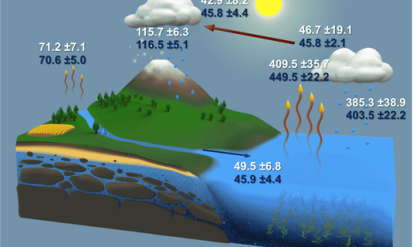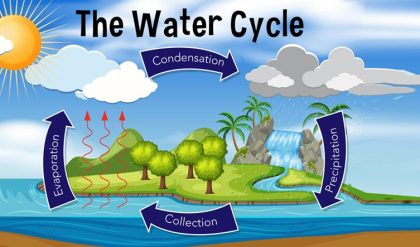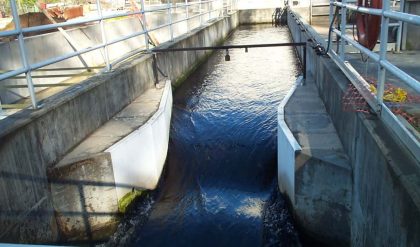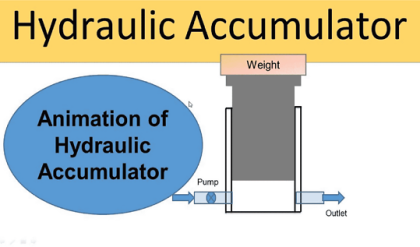Storm water detention ponds capture storm water runoff and release it at a rate slower than the pre-development peak storm water runoff rate. The decrease in watershed time of concentration and increase in runoff coefficient create the need for a storm water detention or retention pond.
Even a watershed in its natural, undeveloped state will sometimes have flooding problems due to a large storm. When development takes place on a watershed, however, both the quantity and rate of storm water runoff will increase if a storm water detention system is not put in place. The effects of development on storm water runoff, and the essential components of a storm water detention system, such as a retention pond or a detention pond, will be described in this article.
Effects of Development on Storm Water Runoff
In its natural, undeveloped state, any watershed will have a representative watershed time of concentration and runoff coefficient which determine the peak storm water runoff rate from that watershed due to a given storm. Development of the watershed, typically includes things like i) grading of the site, which will decrease the surface infiltration rate, decrease surface storage (ponds and/or puddles), and decrease the time of concentration; ii) increasing the fraction of the area that is impervious by putting in streets, buildings, parking lots, etc.; and iii) decreasing the amount of vegetation, thus decreasing interception storage.
The net effect of changes such as these will be to increase the runoff coefficient and decrease the watershed time of concentration. Both increased runoff coefficient and decreased time of concentration will cause an increase in the peak storm water runoff rate from the watershed, thus increasing the frequency of flooding problems downstream.
Components of a Storm Water Detention or Storm Water Retention System

Fortunately there is a solution to the problem described in the previous section: installation of a properly designed storm water detention or storm water retention pond. The storm water detention or retention system must have a means of intercepting and storing storm water runoff from the watershed, and a means of releasing the stored storm water at a rate no greater than the predevelopment peak storm water runoff rate for the appropriate design storm(s). A picture of a storm water retention pond is shown at the left.
Strictly speaking, a storm water detention system is designed to store storm water runoff only long enough to allow it to flow out at a rate less than or equal to the predevelopment rate, and a storm water retention system (typically a retention pond) will have water in it all the time. A retention pond will be able to store storm water runoff and release it at an appropriate rate until it comes back to a normal level that is maintained between storms, but it will not empty out as a storm water detention pond would. In practice, the two terms (detention pond and retention pond) are used somewhat interchangeably.
Two different approaches are in common use for providing the required

storm water storage volume: storage in a constructed pond, as shown in the picture above, or storage in one or more large pipes or culverts buried underground. A picture of a corrugated pipe underground stormwater detention system under construction is shown at the right. In either case an estimate of the required storage volume is needed in order to design the storm water detention or retention system.
There are several methods in common use for estimation of the storage volume requirement. Each of them uses one or more watershed parameters based on conditions before development (subscript b) and conditions after development (subscript a) in the calculations. The main parameters used in those volume estimation methods are
design storm runoff depth, Qb and Qa in inches
peak storm water runoff rate from design storm, qpb and qpa, in cfs
peak runoff ratio, α = qpb/qpa, which is dimensionless
watershed area, A in acres
watershed time of concentration, tcb and tca in minutes
and time to peak, tpb and tpa in minutes
Some methods call for watershed time of concentration values and some call for time to peak values. The two are used interchangeably. Also, the time of concentration ratio, γ = tcb/tca is sometimes used.
For more details on calculation of the volume requirement for storm water detention ponds and Excel spreadsheets that can be downloaded to calculate those volume requirements in either U.S. or S.I. units, see the article, “Sizing of Storm Water Detention Ponds with Excel Formulas.”
In addition to the facility for intercepting and storing the storm water runoff, there must be an outflow control structure to restrict the outflow to no more than the predevelopment peak storm water runoff rate. If the storage volume is made up of a battery of largeunderground pipes, then the discharge control is typically a small pipe at the outlet end of the battery of storage pipes, sized to restrict the outflow appropriately.

As mentioned above, a pond storage system may be designed to drain completely between storms (a detention pond) or it may be maintained at some minimum depth between storms (a retention pond). In either case the outflow is typically controlled with one or more appropriately sized pipes, orifices, and/or weirs. For a retention pond, a riser (large vertical piece of pipe) is used with one or more orifices and/or weirs at appropriate heights to control the outflow after a storm, and still maintain water in the pond between storms.






Comments are closed.